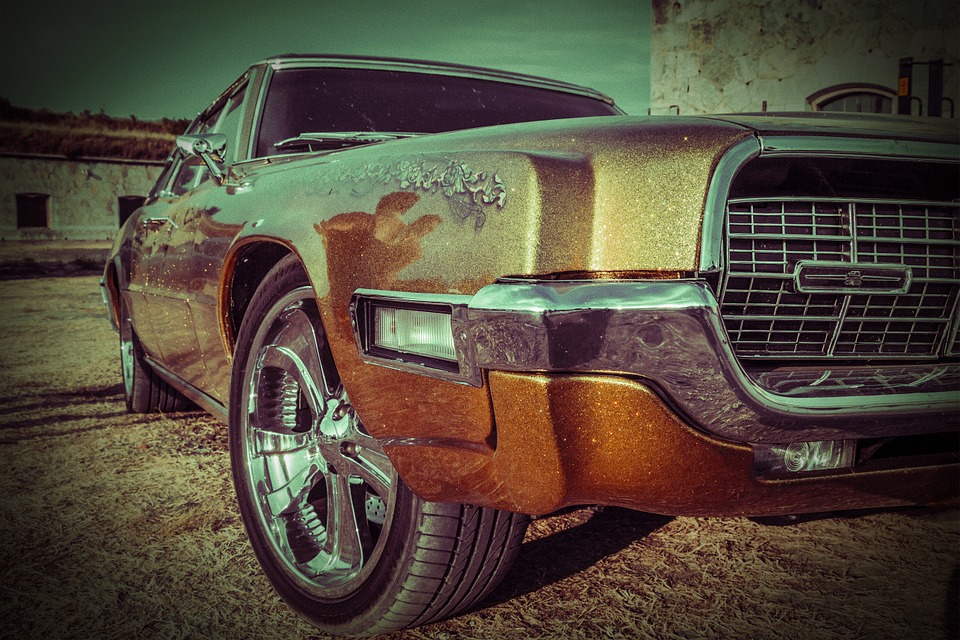5 Tips to Pass the Emissions Test
25th Feb 2016

Do you live in a city or country that requires emissions tests to be performed before you can renew your vehicle tag? Many jurisdictions in the United States are now adopting this requirement in an effort to clean up the environment. The good news is that an emissions test should only cost you about $20-$30 bucks. The bad news, however, is that there's no guarantee that you'll pass. So, what should you do if your vehicle fails the emissions test?
Get an Oil Change
One factor that may contribute to a failing emissions test is dirty oil. When oil goes unchanged for six months or longer, it can lead to buildups of dirt and grime. The Positive Crank Ventilation (PCV) allows the engine to absorb fumes from the oil, which are them burned during the engine's combustion process. But if the oil is contaminated and dirty, the fumes will contain high concentrations of Hydrocarbons (HC), in which case the vehicle may fail an emissions test.
Turn Off the 'Check Engine' Light
An all-too-common reason why vehicles fail the emissions test is because the "check engine" light is on. Not to be confused with the "maintenance required" light, this indicator is designed to notify the driver of problems within the engine. Emissions inspectors will often fail a vehicle automatically if the check engine light is on, so make sure it's off before taking your vehicle in for an emissions test. This is best done by using a code reader to diagnose the problem, at which point you'll be able to fix it.
Related Reading: How to Read a Check Engine Light Code
Related Reading: Check Engine Light vs. Maintenance Required: What's the Difference?
Test Drive Your Vehicle Before the Test
Many auto experts recommend driving your vehicle for at least 30 minutes prior to getting an emissions test performed. The purpose of this is to ensure that the catalytic converter, oil and coolant all reach the proper temperature. You don't have to necessarily drive your car across state lines and back, but rather take for a joy ride around the block a couple of times. Once your car has warmed up, the aforementioned components will reach the ideal operating temperature, giving you a greater chance of passing the emissions test.
Check the Gas Cap
Another reason why vehicles frequently fail the emissions test is because they have a faulty and/or damaged gas cap. Even if it looks undamaged, something as simple as a small hairline crack may allow fumes to escape, in which case the vehicle would likely fail its emissions test. Check your gas cap ahead of time to ensure it's functional and not broken.

